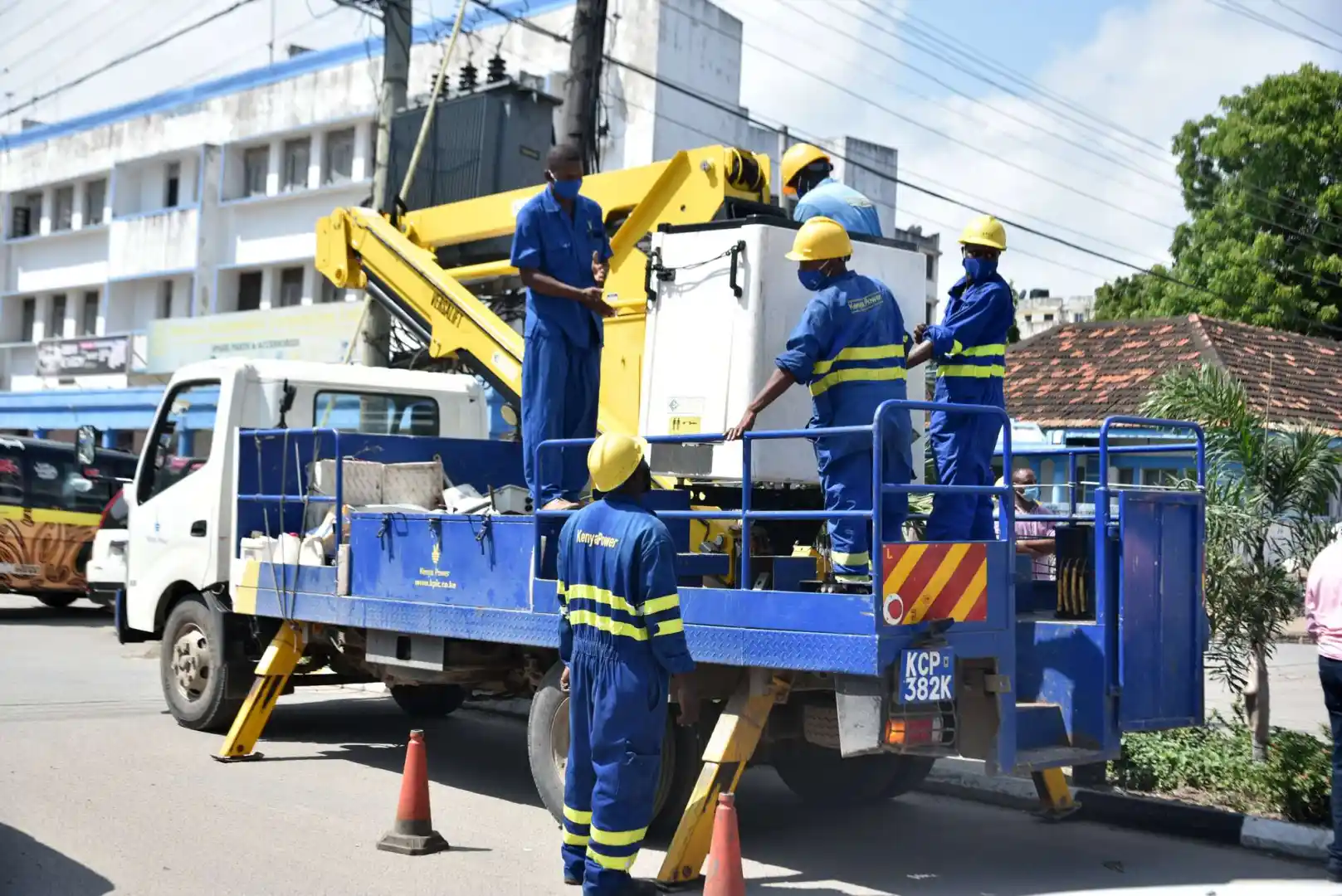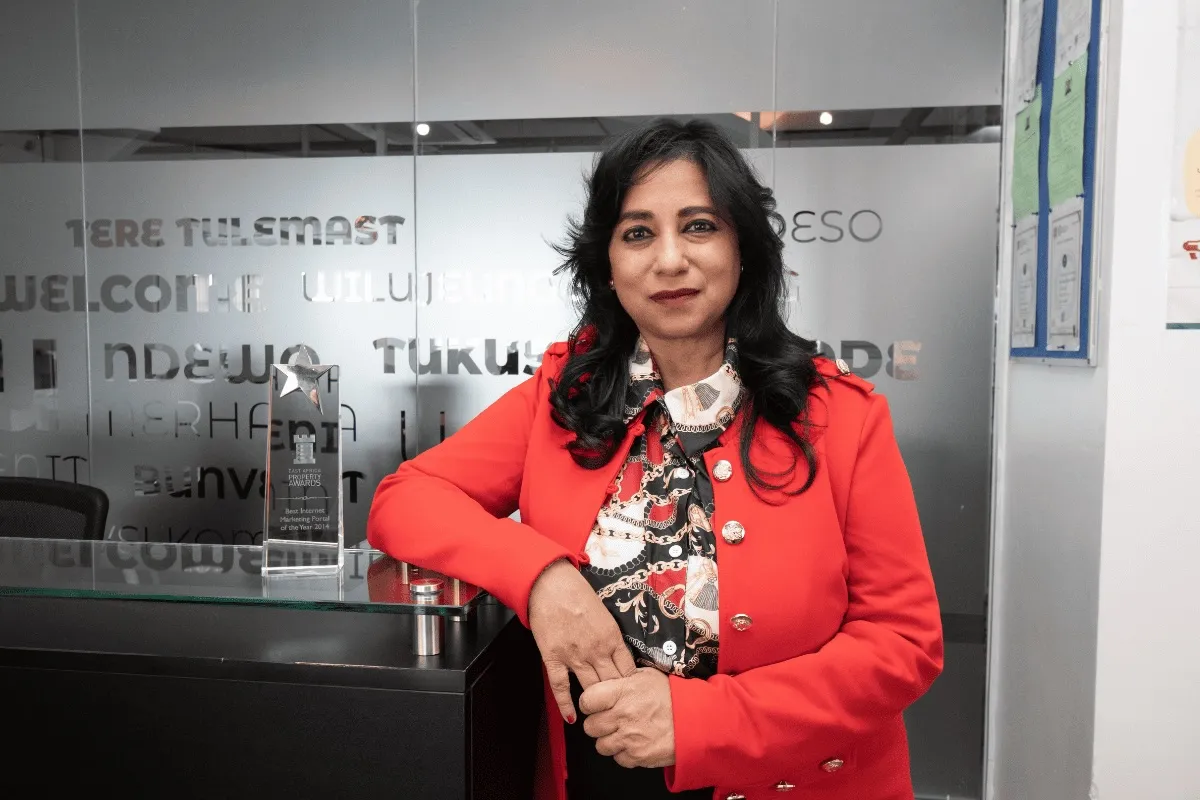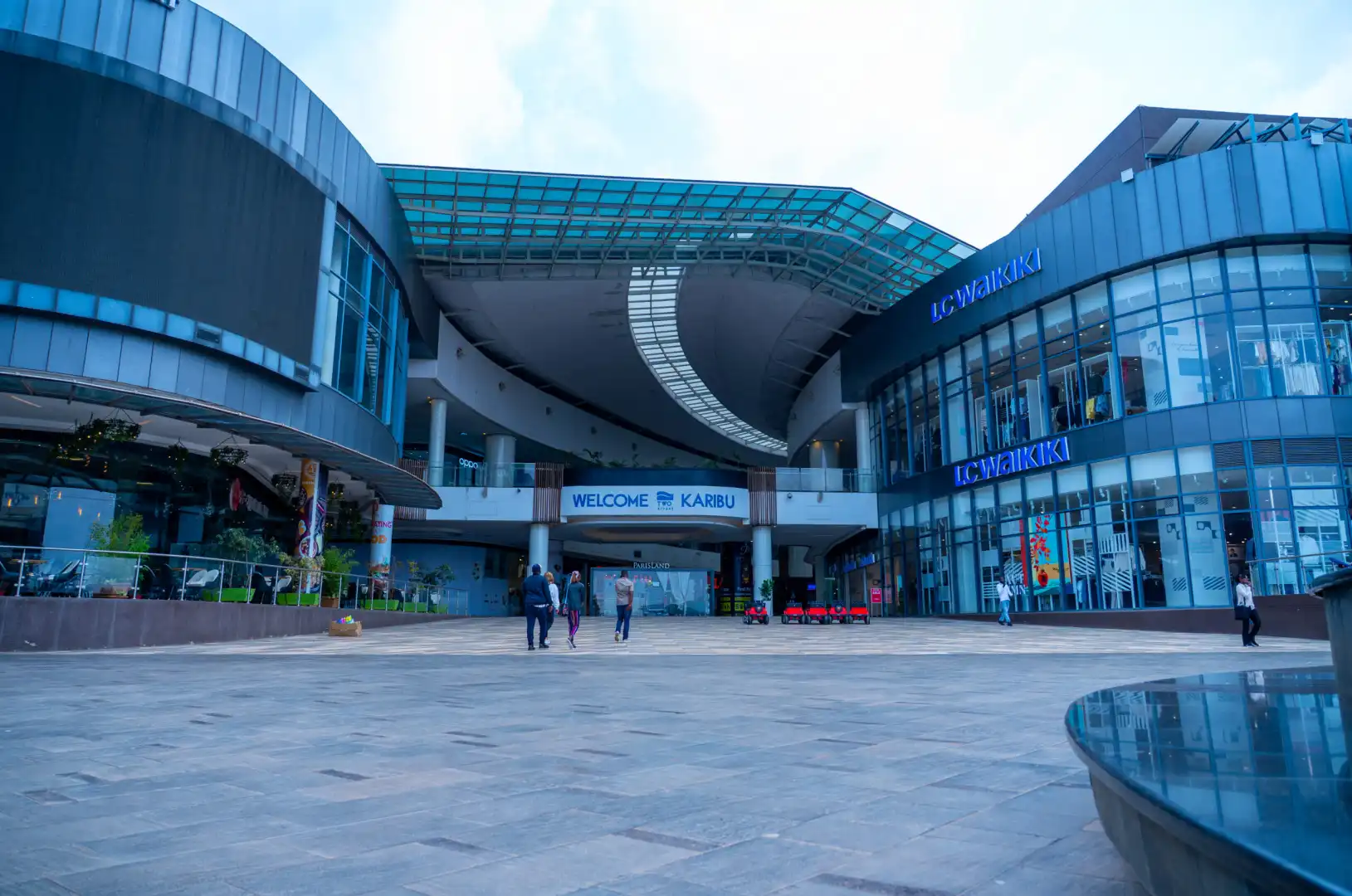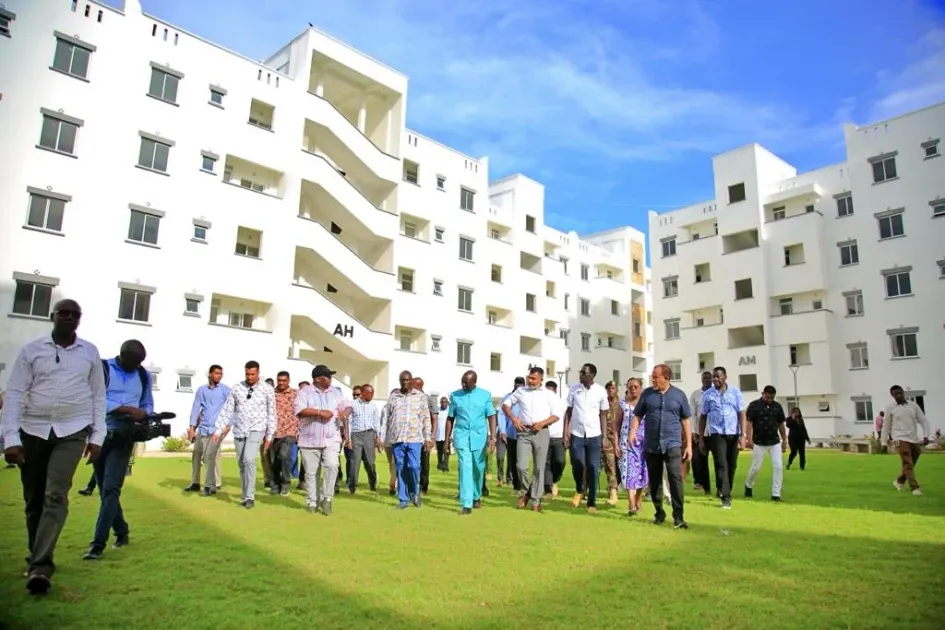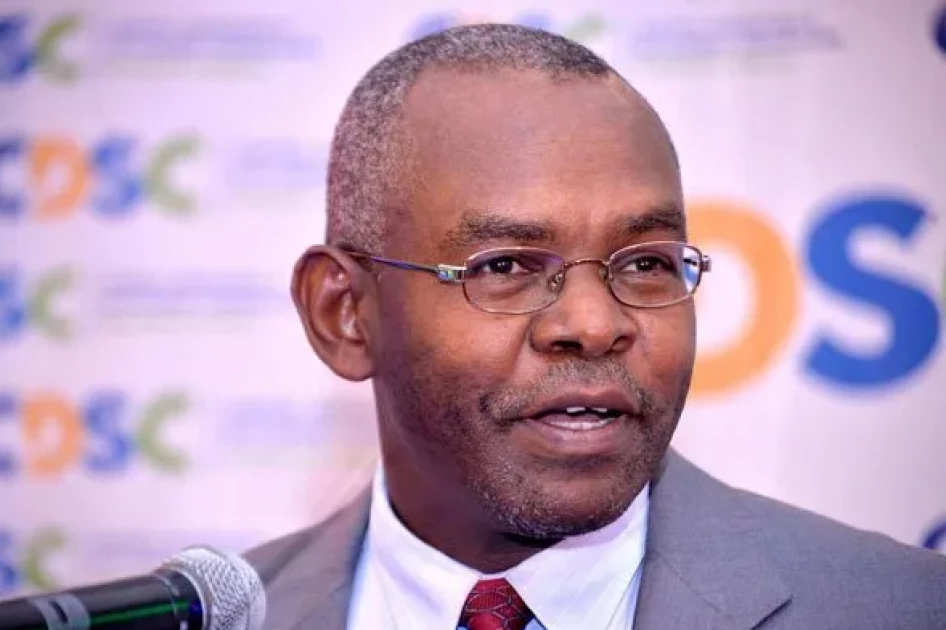Kenya Power, in a significant boost to Kenya’s electrification agenda and socio-economic development, has announced an ambitious plan to connect 150,000 new customers to the national electricity grid under the Last Mile Connectivity Project (LMCP) Phase VI. Funded by a generous allocation from the African Development Bank (AfDB), the project will extend across 45 counties—excluding the major urban centers of Nairobi and Mombasa—and is set to benefit households as well as micro, small, and medium enterprises (MSMEs).
This latest phase of the LMCP comes at a critical juncture in Kenya’s pursuit of universal access to electricity by 2030. With the government’s ongoing efforts to boost national electrification, this project is not only a technical and infrastructural milestone but also a significant driver of social and economic transformation, promising wide-ranging benefits from improved education and healthcare to enhanced water and sanitation services.
A Strategic Step Toward Universal Electrification
Aligning with National Priorities
Kenya Power’s LMCP Phase VI reflects the government’s strategic priority to bridge the electricity access gap in rural and underserved urban areas. Joseph Siror, Kenya Power’s Managing Director and CEO, emphasized that this phase is part of a broader vision to ensure that even the most remote communities benefit from sustainable energy solutions. The push for increased connectivity is integral to achieving the national goal of universal access to electricity by 2030—a target that aligns with Kenya’s Vision 2030 development blueprint and its commitment to the United Nations’ Sustainable Development Goals.
The project is designed to serve not only as an infrastructural upgrade but also as an enabler for economic empowerment. As rural and peri-urban communities gain access to reliable electricity, there will be a corresponding uptick in local business activities, educational opportunities, and overall quality of life. Electrification, in this respect, is seen as a cornerstone of development—one that is expected to create a ripple effect across the socioeconomic landscape of the country.
Leveraging AfDB Funding for National Impact
The funding for LMCP Phase VI from the African Development Bank is a critical component of the project’s success. This marks the third round of AfDB support for Kenya Power’s Last Mile Connectivity Project. Previous phases, notably Phases I and III, connected over 536,077 customers, laying a solid foundation for expanding the national grid further into underserved areas.
AfDB’s involvement not only provides the necessary financial resources but also brings robust technical expertise and a proven track record of successful electrification projects across Africa. The bank’s commitment to supporting infrastructure projects in emerging economies underscores its broader mandate of promoting sustainable development and regional integration.
Breaking Down the Project: Infrastructure Enhancements and Technological Upgrades
Extensive Network Expansion
The scope of LMCP Phase VI is extensive. The project will not only add 150,000 new connections but also involve significant investments in reinforcing and expanding Kenya’s electrical grid. Key infrastructure enhancements include:
- Substation Development:
The project will see the construction and refurbishment of 13 substations, a blend of new installations and upgrades to existing facilities. This includes three new 33/11kV substations, three upgraded 33/11kV substations, and seven new 33kV switching stations. These substations are critical nodes in the power distribution network, ensuring that electricity is reliably transformed and delivered at the correct voltage levels for residential and commercial use. - New Distribution Lines:
To support the influx of new customers, Kenya Power will construct 211 kilometers of 33kV distribution lines and an additional 14 kilometers of 11kV lines. These high-voltage lines are essential for efficient power transmission across longer distances, particularly in rural areas where distances between consumers can be substantial. - Low-Voltage Network Expansion:
Perhaps the most visible element of the project will be the extension of low-voltage networks that will directly connect households and small businesses. The plan includes 650 kilometers of 33kV lines and a substantial 6,798 kilometers of low-voltage networks. These improvements will ensure that the “last mile” of connectivity—transforming high-voltage power into safe, usable electricity for end-users—is robust and reliable.
Technological Integration and System Reinforcement
In today’s digital age, the modernization of the power grid goes hand in hand with the integration of advanced technology. Kenya Power is concurrently advancing system reinforcements that include technological upgrades geared toward enhancing the operational efficiency of the grid. This integration comprises several key initiatives:
- Smart Grid Technologies:
There is an increasing focus on digitalizing grid operations. Upgraded substations and distribution systems are being integrated with smart grid technologies, which allow for real-time monitoring and remote management. This digital transition is expected to reduce downtime, optimize maintenance schedules, and improve overall system resilience. - Environmental and Social Audits:
In line with best practices for infrastructure projects, the LMCP Phase VI will undergo rigorous environmental and social audits. These assessments will ensure that the expansion projects not only meet technical and safety standards but also align with environmental sustainability goals. This aspect is particularly important in mitigating the ecological impacts of grid expansion, ensuring that local ecosystems and communities are preserved. - Capacity Building and Workforce Training:
As new technologies are introduced, Kenya Power is also investing in capacity building for its workforce. Training programs aimed at equipping employees with the skills necessary to manage advanced infrastructure systems are being rolled out. This approach ensures that local talent is able to sustain and manage the new systems long after the completion of the project.
Socio-Economic Impacts: Energizing Communities and Empowering Businesses
Catalyzing Economic Growth
The impact of extending the grid to connect 150,000 additional customers is far-reaching. Electrification has proven to be a potent catalyst for economic development across Africa. By providing a reliable electricity supply, the LMCP Phase VI initiative is expected to drive growth in various sectors:
- Boosting Small and Medium Enterprises (MSMEs):
A significant proportion of the new connections will support MSMEs. Reliable access to power is crucial for businesses in sectors such as retail, agriculture, and light manufacturing. With the new connections, entrepreneurs will have the confidence to invest in expanding their operations, ultimately leading to job creation and enhanced local economies. - Enhancing Education and Healthcare:
Electrification plays a vital role in improving social infrastructure. Schools, colleges, and healthcare facilities in rural areas will benefit from a stable power supply, leading to better educational outcomes and improved patient care. For example, digital learning tools in schools, powered by a reliable grid, can revolutionize educational methods and accessibility, while health centers can leverage modern medical equipment that requires consistent electricity. - Improving Water and Sanitation Services:
In many parts of Kenya, water and sanitation services depend on electrical power for pumping and treatment processes. With enhanced grid connectivity, these services are expected to become more efficient and dependable, reducing the burden of manual water collection and significantly improving public health outcomes.
Community Empowerment and Quality of Life
Beyond economic indicators, the human face of electrification reveals numerous stories of transformation. For families in remote areas, a stable electricity supply can mean the difference between isolation and inclusion in the modern world. It can enable access to information through television and the internet, facilitate communication, and make home life safer and more comfortable.
Local community leaders and residents have often cited the transformative impact of previous LMCP phases on their day-to-day lives. For instance, households that were once dependent on unreliable energy sources now enjoy consistent power, which has improved everything from cooking and heating to access to water and healthcare services. As Phase VI unfolds, these personal success stories are poised to multiply, reinforcing the positive social change that electrification can bring.
Environmental Sustainability and Social Responsibility
Environmental stewardship is a key consideration for Kenya Power, and the LMCP Phase VI is designed with sustainability in mind. By modernizing the electrical grid and incorporating smart technologies, the initiative aims to reduce energy losses and improve the overall efficiency of the power distribution network. This, in turn, helps to lower the carbon footprint associated with electricity transmission—a goal that aligns with global efforts to combat climate change.
Moreover, the project emphasizes corporate social responsibility by incorporating comprehensive environmental and social audits to safeguard communities and local ecosystems. These measures ensure that while the grid is expanding, it does so in an environmentally sustainable manner that benefits present and future generations.
The Broader Context: Kenya’s Path Toward Universal Electrification
A Longstanding Commitment
Kenya Power’s LMCP is part of a broader, decades-long commitment by the Kenyan government and its development partners to enhance energy access nationwide. Since the inception of the LMCP in 2015, Kenya Power has successfully connected a total of 746,867 customers to the national grid. This ongoing effort is bolstered by complementary projects in the fourth and fifth phases of the LMCP, which together are set to add an additional 291,000 connections. When viewed within this larger framework, Phase VI represents another critical piece in the puzzle of Kenya’s electrification journey.
Collaborative Financing and International Partnerships
The Last Mile Connectivity Project is financially supported by a diverse group of international stakeholders, including the African Development Bank, the World Bank, Japan International Cooperation Agency (JICA), the French Development Agency (AFD), the European Union (EU), and the European Investment Bank (EIB). This broad coalition of funders underscores the global significance of Kenya’s electrification efforts. International support not only provides the financial muscle behind these projects but also reinforces the importance of multinational collaboration in addressing developmental challenges.
By pooling resources and expertise, these partnerships help ensure that the project benefits from state-of-the-art technology, rigorous oversight, and an unwavering commitment to best practices. As such, the LMCP Phase VI is a testament to the power of collaborative international development—a model that could very well be replicated in other emerging economies facing similar challenges.
Future Prospects and Technological Disruptions
Looking ahead, Kenya’s energy landscape is ripe for further technological disruption. With innovations in renewable energy, smart grids, and energy storage systems continually emerging, there is great potential for Kenya to not only meet its current electrification targets but also to position itself as a leader in sustainable energy practices in Africa. The lessons learned from previous LMCP phases, combined with the fresh momentum generated by Phase VI, set the stage for a future where digital and renewable technologies blend seamlessly with traditional grid infrastructure.
Several pilot projects, including solar-powered microgrids and battery storage systems, have already been initiated in various parts of the country. These projects are designed to complement the national grid, offering backup power during peak demand periods and reducing reliance on fossil fuels. As Kenya Power continues to innovate and expand, these technologies could play a crucial role in ensuring that the benefits of electrification are felt not just by urban centers but across all regions of the country.
Challenges and the Way Forward
Navigating Operational and Logistical Hurdles
Despite the promising outlook, the path to universal electrification in Kenya is not without challenges. Expanding the electrical grid to remote and dispersed communities involves complex logistical planning and significant operational hurdles. Issues ranging from difficult terrain to the need for extensive civil works mean that the project’s execution demands careful coordination and robust contingency planning.
Kenya Power’s proactive approach in inviting bids for consultancy services to support technical designs, environmental and social audits, procurement, and supervision of construction works is a critical step in addressing these challenges. By leveraging external expertise and stringent project management protocols, the utility aims to mitigate risks and ensure that the project is delivered on time and within budget.
Ensuring Long-Term Sustainability
Another key area of focus is long-term sustainability—both in terms of operational performance and environmental impact. Ensuring that the new infrastructure continues to operate efficiently long after the project’s completion will be pivotal. This entails not only maintaining modern assets but also investing in ongoing workforce training and leveraging digital technologies for predictive maintenance and performance management.
At a broader scale, continued stakeholder engagement and community participation will be essential for sustaining the benefits of electrification. In many communities, local involvement in decision-making processes and feedback loops has been shown to foster a sense of ownership, ensuring that the infrastructure remains a valuable asset for the people it serves.
Policy and Regulatory Support
Effective policy and regulatory frameworks form the backbone of large-scale infrastructure projects. The Kenyan government has shown a strong commitment to advancing its electrification agenda through favorable policies and strategic investments. Continuous dialogue between regulators, the private sector, and international donors is essential to create an enabling environment that supports innovation and ensures efficient service delivery.
As Kenya Power forges ahead with the LMCP Phase VI, sustained policy support is expected to drive further improvements in the electricity sector. This could include adjustments to regulatory regimes that incentivize private sector investment, the adoption of performance-based contracts, and the creation of public-private partnerships that accelerate technological adoption.
Conclusion: Lighting the Way to a Brighter Future
Kenya Power’s announcement to connect 150,000 new customers under the LMCP Phase VI is a milestone in Kenya’s journey toward universal electrification. Supported by AfDB funding and set against the backdrop of comprehensive government initiatives, the project is poised to deliver far-reaching socio-economic benefits. As rural communities gain access to reliable electricity, they unlock new opportunities for growth and development in education, healthcare, commerce, and beyond.
The planned infrastructure upgrades—spanning new substations, extended distribution networks, and the integration of smart grid technologies—will not only improve energy reliability but also enhance operational efficiency across the network. These advancements serve as a foundation for deeper technological integration in the energy sector, paving the way for innovations that will sustain Kenya’s progress in the decades to come.
While challenges remain—ranging from logistical complexities to the imperative of maintaining long-term sustainability—the collaborative spirit between Kenya Power, the government, and international partners is a powerful indicator of success. With sustained commitment and strategic foresight, the LMCP Phase VI is set to transform lives, empower communities, and drive Kenya towards a future where every household and business enjoys the benefits of modern, reliable energy.
As the country moves confidently towards its 2030 targets, this project stands as a testament to the transformative power of infrastructure investment. In an era marked by rapid technological change and shifting global dynamics, Kenya’s push for electrification is not just about powering homes—it’s about powering dreams, fueling innovation, and lighting the way to a brighter, more inclusive future for all.
In summary, the 150,000 new connections envisaged under Kenya Power’s LMCP Phase VI represent more than an infrastructural upgrade. They embody a commitment to social progress, economic upliftment, and environmental sustainability, reinforcing Kenya’s pivotal role in driving continental development. With each new connection, a community is empowered; with each upgraded network, a new chapter is written in the nation’s journey towards universal prosperity and resilience in the face of tomorrow’s challenges.
Ready to take your career to the next level? Join our dynamic courses: ACCA, HESI A2, ATI TEAS 7 , HESI EXIT , NCLEX – RN and NCLEX – PN, Financial Literacy!🌟 Dive into a world of opportunities and empower yourself for success. Explore more at Serrari Ed and start your exciting journey today! ✨
photo source: Google
By: Montel Kamau
Serrari Financial Analyst
9th April, 2025
Article, Financial and News Disclaimer
The Value of a Financial Advisor
While this article offers valuable insights, it is essential to recognize that personal finance can be highly complex and unique to each individual. A financial advisor provides professional expertise and personalized guidance to help you make well-informed decisions tailored to your specific circumstances and goals.
Beyond offering knowledge, a financial advisor serves as a trusted partner to help you stay disciplined, avoid common pitfalls, and remain focused on your long-term objectives. Their perspective and experience can complement your own efforts, enhancing your financial well-being and ensuring a more confident approach to managing your finances.
Disclaimer: This article is for informational purposes only and does not constitute financial advice. Readers are encouraged to consult a licensed financial advisor to obtain guidance specific to their financial situation.
Article and News Disclaimer
The information provided on www.serrarigroup.com is for general informational purposes only. While we strive to keep the information up to date and accurate, we make no representations or warranties of any kind, express or implied, about the completeness, accuracy, reliability, suitability, or availability with respect to the website or the information, products, services, or related graphics contained on the website for any purpose. Any reliance you place on such information is therefore strictly at your own risk.
www.serrarigroup.com is not responsible for any errors or omissions, or for the results obtained from the use of this information. All information on the website is provided on an as-is basis, with no guarantee of completeness, accuracy, timeliness, or of the results obtained from the use of this information, and without warranty of any kind, express or implied, including but not limited to warranties of performance, merchantability, and fitness for a particular purpose.
In no event will www.serrarigroup.com be liable to you or anyone else for any decision made or action taken in reliance on the information provided on the website or for any consequential, special, or similar damages, even if advised of the possibility of such damages.
The articles, news, and information presented on www.serrarigroup.com reflect the opinions of the respective authors and contributors and do not necessarily represent the views of the website or its management. Any views or opinions expressed are solely those of the individual authors and do not represent the website's views or opinions as a whole.
The content on www.serrarigroup.com may include links to external websites, which are provided for convenience and informational purposes only. We have no control over the nature, content, and availability of those sites. The inclusion of any links does not necessarily imply a recommendation or endorsement of the views expressed within them.
Every effort is made to keep the website up and running smoothly. However, www.serrarigroup.com takes no responsibility for, and will not be liable for, the website being temporarily unavailable due to technical issues beyond our control.
Please note that laws, regulations, and information can change rapidly, and we advise you to conduct further research and seek professional advice when necessary.
By using www.serrarigroup.com, you agree to this disclaimer and its terms. If you do not agree with this disclaimer, please do not use the website.
www.serrarigroup.com, reserves the right to update, modify, or remove any part of this disclaimer without prior notice. It is your responsibility to review this disclaimer periodically for changes.
Serrari Group 2025








